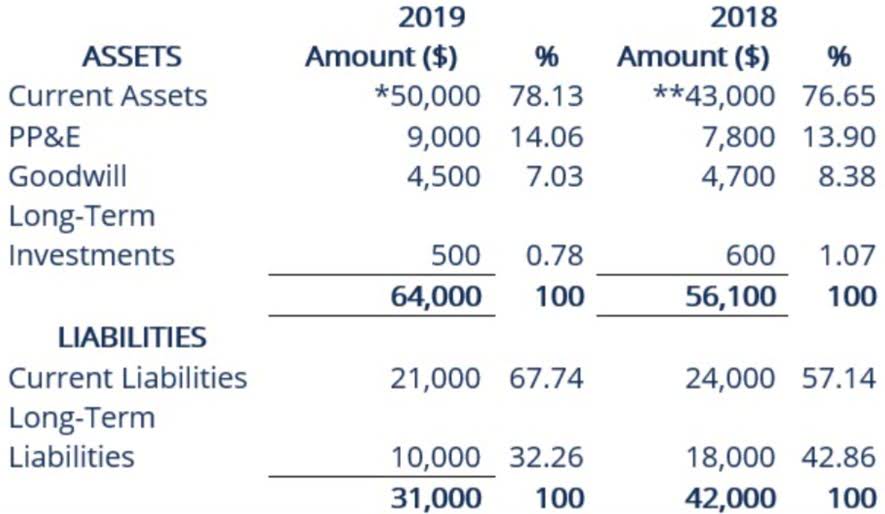
Both accounting prepaid expenses and accounting accrued expenses refer to the timing difference between when an expense is paid and when it is recognized. Likewise, the net effect of the prepaid insurance journal entry in this example is zero on the balance sheet. This is due to one asset increases $1,200 and another asset decreases $1,200. Insurance is a vital aspect of both personal and business financial planning. It provides protection against a variety of risks, ranging from property damage to medical costs.
Understanding Goodwill in Balance Sheet – Explained
When a policyholder pays in advance, the insurer records this payment as unearned premium, meaning the funds have been received but not yet earned. Accounting standards require businesses to report prepaid insurance as a current asset, gradually reducing its value as the coverage period progresses. The payment is entered on November 20 with a debit of $2,400 to prepaid insurance and a credit of $2,400 to cash. A prepaid expense is an expenditure that a business or individual pays for before using it.
Is the “One Million” Coverage of Internet Insurance a Gimmick or a Promise?

FastTrack company buys one-year insurance for its delivery truck and pays $1200 for the same on December 1, 2017. Now that the company has prepaid for services to be used, it is classified as an asset. Prepaid insurance is one of the topics related to asset recognition, expense allocation, and adjusting entries for CFA Level I Financial Reporting. By doing so, analysts can better understand the level of financial health and performance of a company.
- This approach allows businesses to budget and plan their insurance expenses more effectively, as they know exactly how much they’ll be paying for insurance each month or year.
- If the business owner pays for their insurance with their own money, then nothing gets entered to the business bookkeeping records.
- As the insurance policy term progresses, the prepaid asset is gradually used up.
- One of the most common questions in accounting is related to the classification of prepaid insurance.
Accounting Prepaid Expenses vs Accounting Accrued Expenses
On December 1, 2015, N corporation pays a $10,000 insurance premium to obtain a property income statement insurance policy (with no cash value) with a 1-year term that begins on February 1, 2016 and ends on January 31, 2017. Because the right or benefit attributable to the $10,000 payment extends beyond the end of the tax year following the tax year in which the payment is made, the 12-month rule does not apply. When it comes to the ACCA syllabus, a prepaid insurance journal entry is addressed under the Financial Accounting (FA) and Financial Reporting (FR) papers. This assists students with comprehension on how to implement accrual accounting methods, asset type and expense matching–all of which are helpful in generating accurate financial statements.

The Importance of Prepaid Insurance in Financial Planning
Standardized policy forms, such as those issued by the Insurance Services Office (ISO), define how prepaid amounts are allocated and when they are recognized as earned. Until the coverage period expires, the policyholder retains a legal right to the benefits outlined in the contract, further solidifying its classification as an asset. Prepaid insurance is classified as an asset because it represents future coverage benefits, contractual value, and potential refund rights on financial statements. If purchased on credit, Accounts Payable is credited, increasing liabilities. For example, a $12,000 payment for a one-year policy results in a $12,000 debit to Prepaid Insurance and a $12,000 credit to Cash.
As time passes, prepaid expenses are gradually recognized as actual expenses. Amortization spreads the cost of the prepaid item over the period it benefits. For instance, if a company pays for a year’s worth of advertising upfront, it benefits from a clearer picture of its monthly expenses by tracking only the portion used during that time. When a prepaid expense is recorded, it enters the accounting system as a current asset. As the service or benefit is consumed over time, the prepaid expense transitions into an expense on the income statement.

- For the past 52 years, Harold Averkamp (CPA, MBA) hasworked as an accounting supervisor, manager, consultant, university instructor, and innovator in teaching accounting online.
- This gradual recognition of expenses reflects the matching principle in accounting, which ensures that expenses are recognized in the same period as the revenue they generate.
- On December 1, 2015, N corporation pays a $10,000 insurance premium to obtain a property insurance policy (with no cash value) with a 1-year term that begins on February 1, 2016 and ends on January 31, 2017.
- And those rules state that for interest, economic performance occurs only while the taxpayer has use of the borrowed money.
- The business will recognize $1,200 of insurance expense each year, and the prepaid insurance balance will decrease by $1,200 each year.
This clarity helps in ensuring that prepaid expenses are properly reflected in financial statements. Regular reconciliations provide comfort that records are precise and up to date. To perform reconciliation, businesses should https://www.bookstime.com/articles/cost-principle maintain detailed records of each prepaid expense. Companies should determine the timing of cash outflows to avoid liquidity issues.
Because it provides future economic benefits to the company, it is viewed as an asset. The cost is gradually recognized as an expense, with the expense portion moving from the asset side of the balance sheet to the statement of profit and loss over the term of the policy. In personal financial statements, prepaid insurance is typically when a business pays for insurance, prepaid insurance is treated similarly to business accounting.
- In order to safeguard their assets, businesses pay insurance premiums upfront.
- In some cases, the IRS allows businesses to expense prepaid insurance premiums in the year they are paid.
- This method makes sure that the expenses match the revenues related to them, following the matching principle in accounting.
- Paying for insurance upfront can be a smart move for businesses, as it can provide a cost savings compared to paying month-to-month.
- And once you’ve established a method of accounting, you can’t just switch that method all willy nilly-like.
Prepaid Insurance: Definition, How It Works, Benefits, and Example (
The main advantage of prepaid insurance is that companies occasionally pay bills in advance to gain a discount. A business may gain from prepaid expenses by avoiding the need to make payments for upcoming accounting periods. On December 31, the company writes an adjusting entry to record the insurance expense that was used up (expired) and to reduce the amount that remains prepaid. This is accomplished with a debit of $1,000 to Insurance Expense and a credit of $1,000 to Prepaid Insurance. This same adjusting entry will be prepared at the end of each of the next 11 months. U corporation leases office space from W corporation at a monthly rental rate of $2,000.
